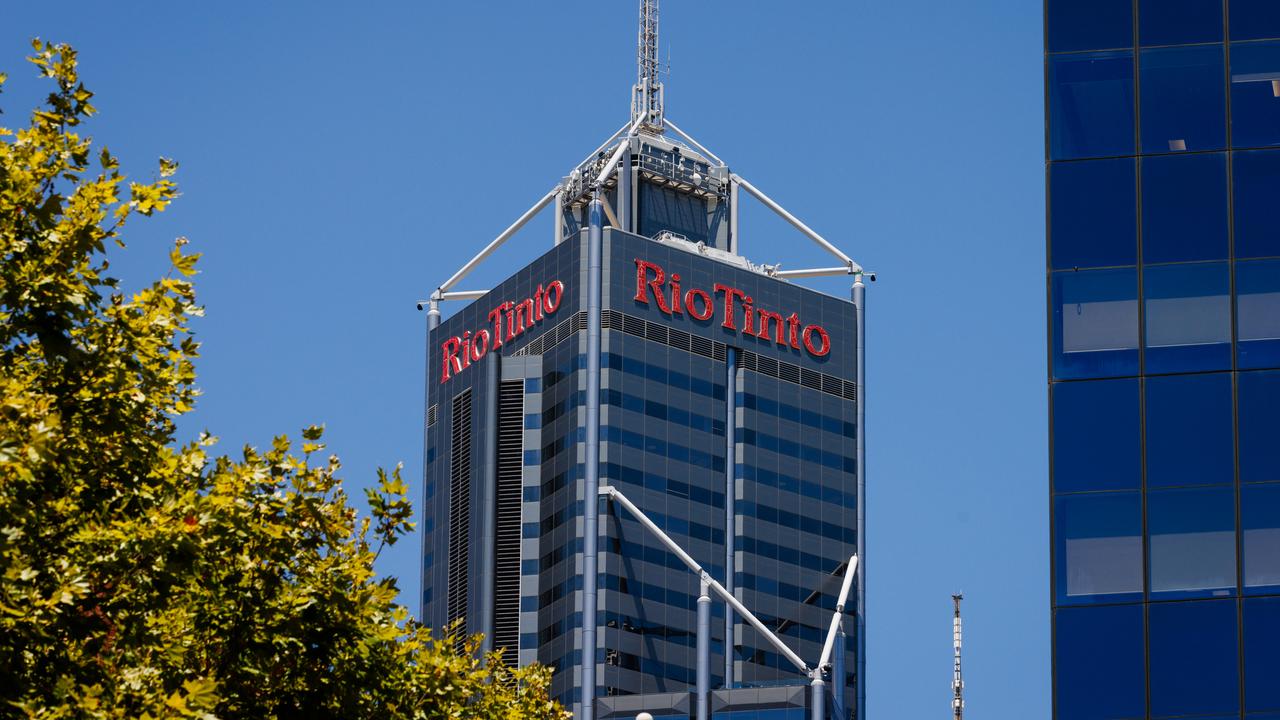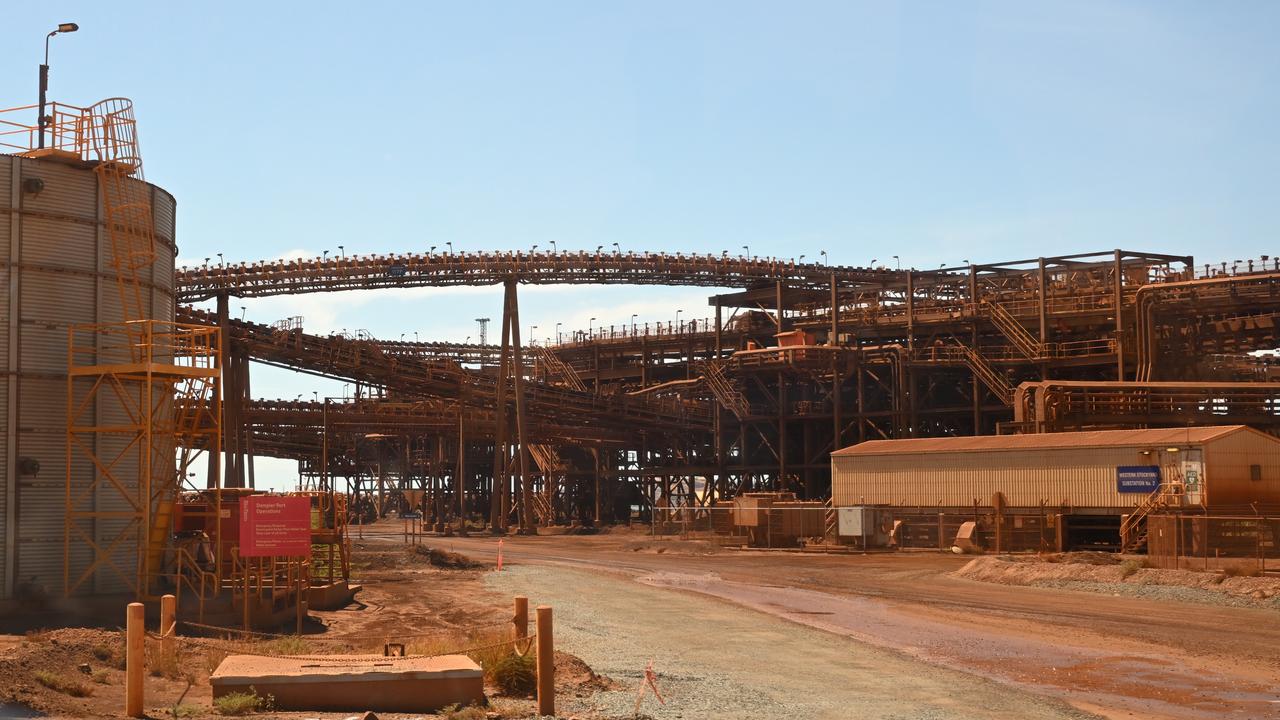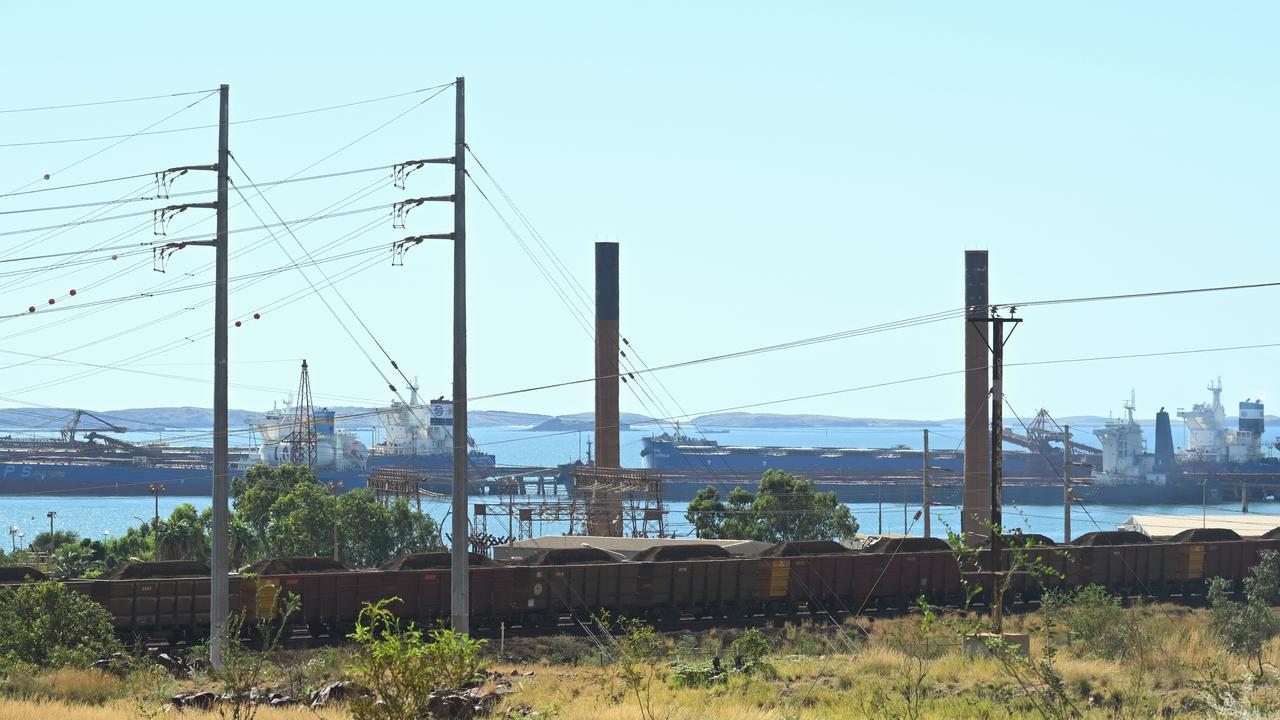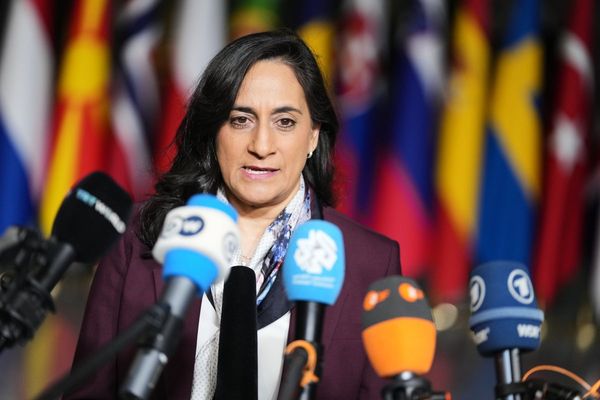
Lumbering iron ore prices and multiple cyclones have weighed on Rio Tinto's profits, but the miner's increasing diversification across other commodities has helped balance the result.
Rio posted a $US4.5 billion ($A6.9 billion) net profit in the six months to June 30, a 22 per cent slip on the same period in 2024, after its Pilbara operations were affected by four cyclones.
Iron ore is the group's biggest earner, and ore prices have grinded roughly 15 per cent lower from $US107 a tonne to as low as $US93 in 2025.
Chief executive Jakob Stausholm, who will make way for incoming boss Simon Trott on August 25, said he had often seen higher prices at other times while at the company's helm.

"But this set of results are the strongest, demonstrating real momentum in improving operational performance, real value from a more diversified portfolio, and excellence in unlocking growth projects," Mr Stausholm told investors at an results presentation in London.
Positive earnings and cash flow results were buoyed by strong prices and production in aluminium and copper, which helped offset the weaker iron ore performance, chief financial officer Peter Cunningham said.
"It's also important to note that going forward, over the next 10 years, we expect that 40 per cent of (iron ore) production from the majors needs to be replaced," he told investors.
"And while China's steel consumption has plateaued, there is demand growth elsewhere in global steel markets often supplied by Chinese exports."
The company will pay an interim ordinary dividend of $US1.48 ($A2.27) a share, worth $US2.4 billion, delivering its promised 50 per cent payout ratio but a step down from last year's $US1.77 per share.
Rio Tinto's production guidance remained largely unchanged, but Pilbara shipments were tipped to fall to the lower end of the expected range because of cyclones in the first quarter.
Bauxite and copper production was forecast to come in at the higher end of expectations thanks to better-than-expected mine performances and a successful ramp up at an underground mine in Mongolia.
Rio's takeover of Arcadium Lithium came to $US7.6 billion.
Along with property and equipment purchases, $US3.8 billion in dividends and other outgoings, this took its net debt to $US14.6 billion, swelling from $US5.5 billion at the end of 2024.

Mr Cunningham was confident about Rio's books.
"We feel that the balance sheet is in really good shape, and we have flexibility going forward with these sorts of levels," he told investors.
"This is a cyclical industry, cash flow goes up and down what we've got to do is use the balance sheet to really make sure we can deliver against the strategy, and also deliver shareholder returns.
RBC Capital Markets analysts Kaan Peker and Ben Davis said sentiment on the result would be positive.
"Rio Tinto produced a good set of operational results across key divisions that was a six per cent beat at the product group level," the analysts wrote.
"But this was dragged down by other items including restructuring costs at Arcadium."
Looking further afield, the miner said the global economy appeared resilient, with the energy transition likely to support commodity demand growth.
It was likewise optimistic about China's growth prospects, supported by ongoing domestic stimulus and Beijing's commitment to infrastructure investment to offset its ailing property sector.
The US economy was holding up despite tariff impacts still feeding through to inflation and consumer sentiment but high mortgage rates, stubborn construction costs and labour shortages weighing on its housing sector.







